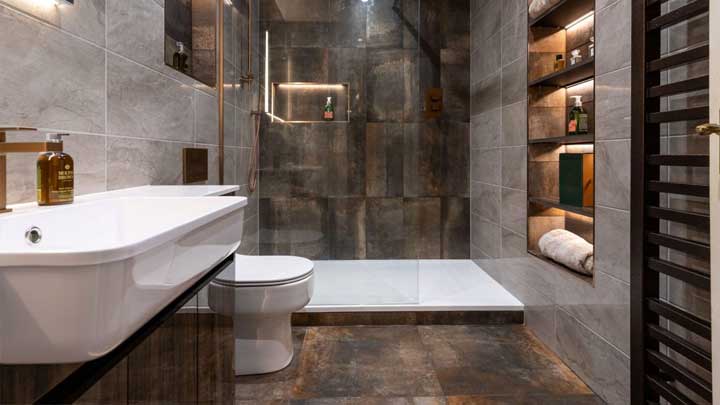
The Role of Toilets in Water Conservation: A Crucial Element
Share
In today's tech-centric world, where every drop counts, understanding the role of toilets in water conservation has never been more critical. This seemingly mundane fixture is at the forefront of a growing movement to save one of our planet's most precious resources. For tech professionals and enthusiasts, this presents a unique intersection of technology and sustainability.

The Evolution of Toilets: From Basic to Brilliant
Toilets have come a long way since their inception. Initially designed for basic sanitation, modern toilets now incorporate advanced technologies aimed at reducing water wastage. The introduction of high-efficiency toilets (HETs) revolutionized the industry by drastically cutting down on water usage per flush. These innovations reflect the growing importance of sustainable tech solutions in everyday life.
Smart Toilets: The Future is Now
Integrating Internet of Things (IoT) technology with traditional restroom fixtures has led to the advent of smart toilets. These devices not only offer enhanced user comfort but also employ sensors and data analytics to optimize water usage. For instance, some models adjust the flush volume based on the type of waste, ensuring that no more water than necessary is used. This is a prime example of how tech-savvy minds can contribute to water conservation.
Water-Saving Features: Tech Meets Eco-Friendly
Among the various technologies available, dual-flush systems stand out. These systems allow users to choose between a half flush for liquid waste and a full flush for solid waste, significantly reducing water usage. The rise of the best flush systems showcases how technology can be harnessed for eco-friendly purposes.
Moreover, advances in water-efficient designs, such as pressure-assisted flushing, enhance performance while maintaining minimal water usage. These designs not only conserve water but also ensure that the toilets remain efficient over time.
Challenges and Opportunities for Tech Professionals
Despite these advancements, challenges remain in the widespread adoption of water-saving toilets. Cost is a significant barrier, as the initial investment for advanced toilets can be higher than traditional models. However, the long-term savings on water bills and the positive environmental impact can offset this initial cost.
For tech professionals, this presents an opportunity to innovate further. By developing cost-effective solutions and advocating for the adoption of smart toilets in both residential and commercial settings, they can drive the change towards sustainable water use.
The Environmental Impact: Why It Matters
According to the Environmental Protection Agency (EPA), toilets account for nearly 30% of household water use. By switching to water-efficient models, significant water savings can be achieved. This is crucial as water conservation efforts become more urgent due to climate change and population growth.
Furthermore, reducing water waste helps conserve energy. The production and disposal of water require significant energy resources, and by minimizing the water used, we can decrease the overall energy footprint.
Tech Enthusiasts: Pioneers of Change
Tech enthusiasts play a pivotal role in this transformation. By staying informed about the latest developments in toilet technology and advocating for their adoption, they can influence both consumer behavior and industry standards. Resources such as toilet comparison charts can help guide informed decisions.

Implementing Water-Saving Solutions: A Collective Effort
To achieve widespread water conservation, a collective effort is required. Governments, industries, and individuals must work together to promote and implement water-saving technologies. Incentives such as rebates for installing water-efficient toilets can encourage more people to make the switch.
Additionally, educating the public about the benefits and availability of these technologies is crucial. By raising awareness, we can foster a culture that values and prioritizes water conservation.
FAQs
Q1: How do smart toilets conserve water?
A1: Smart toilets use technologies such as sensors and data analytics to optimize water usage, ensuring efficient flushing without unnecessary wastage.
Q2: What are the benefits of dual-flush systems?
A2: Dual-flush systems allow users to choose between a half and full flush, significantly reducing water usage while maintaining performance.
Q3: Can water-efficient toilets save money?
A3: Yes, while the initial cost may be higher, the reduction in water usage can lead to significant savings on water bills over time.
In conclusion, the role of toilets in water conservation is a testament to how technology can transform even the most routine aspects of our lives into opportunities for sustainability. For tech professionals and enthusiasts, these innovations not only represent a chance to lead but also a responsibility to drive meaningful change. By embracing and advocating for these technologies, we can ensure a future where water conservation is not just an option, but a standard practice.
This article contains affiliate links. We may earn a commission at no extra cost to you.
